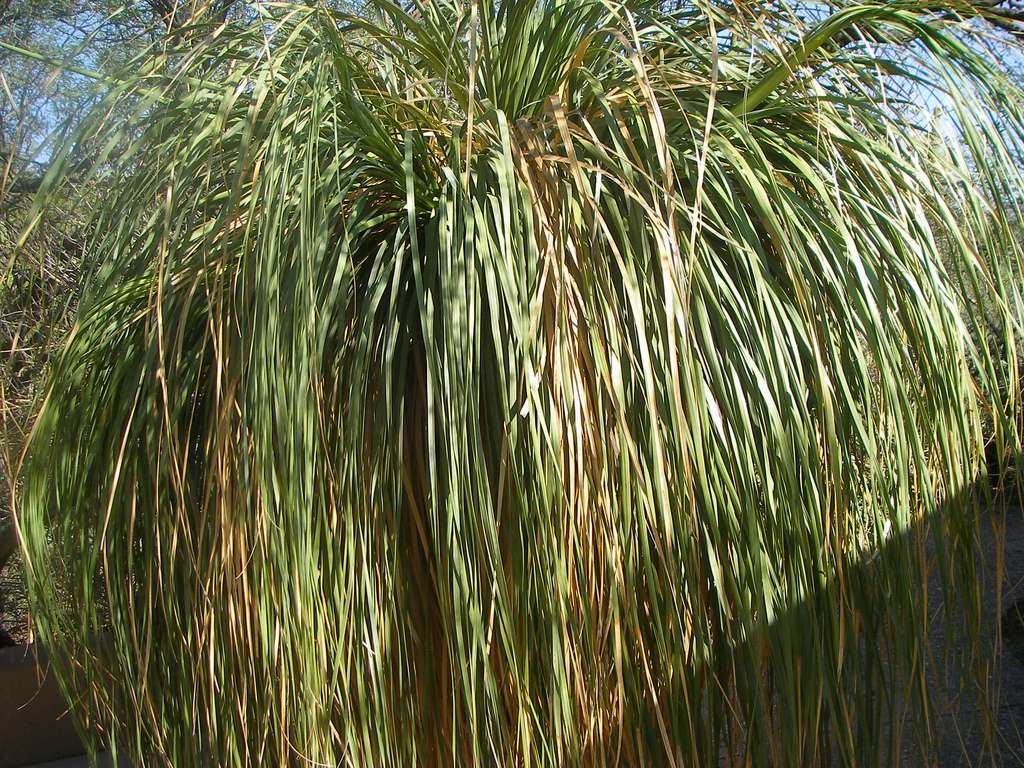
|
Family: Asparagaceae |
Plants perennial, cespitose or arborescent, acaulescent to short-caulescent, scapose, from branched, woody caudices or bulblike structures; usually forming colonies with few to many rosettes. Stems to 25 dm. Leaves forming rosettes; blade linear, not rigid or fibrous, bases broadly expanding, margins serrulate or entire. Scape 0.5-25 dm. Inflorescences paniculate, rarely racemose, 3-18 dm; bracts caducous or occasionally persistent. Flowers 2-5 per node, functionally unisexual, pistillate flowers with staminodes, staminate flowers with reduced pistils; tepals white to cream or tan, 1.3-5 mm, apex glandular; ovary superior; pedicel jointed near middle. Fruits capsular, 3-locular, 3-lobed, thin-walled or sometimes firm-walled, often inflated, mostly notched at base and apex or rounded distally; dehiscent, often splitting irregularly. Seeds closely or loosely invested in capsules, globose, turgid. x = 19. In areas of west Texas, New Mexico, and Arizona, the species of Nolina are not always well defined. There is variation in the presence or absence of marginal teeth on the leaves and placement of the inflorescences within or beyond the leaves. Collectors should take good notes about the plant habit and morphology and include these with their collections. Further study is needed on Nolina throughout its range. Some species of Nolina are extremely infrequent. Some are on federal and/or state rare and endangered species lists, and possibly some of those listed with a state should be listed federally. J. C. Dice (1988) studied section Arborescens of Nolina in the United States, and presented extensive descriptions and discussion of N. bigelovii, N. parryi, N. cismontana, and N. interrata.
|
This project was made possible in part by the Institute of Museum and Library Services [MG-70-19-0057-19].
Powered by Symbiota



